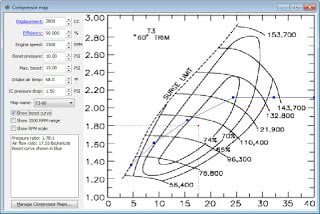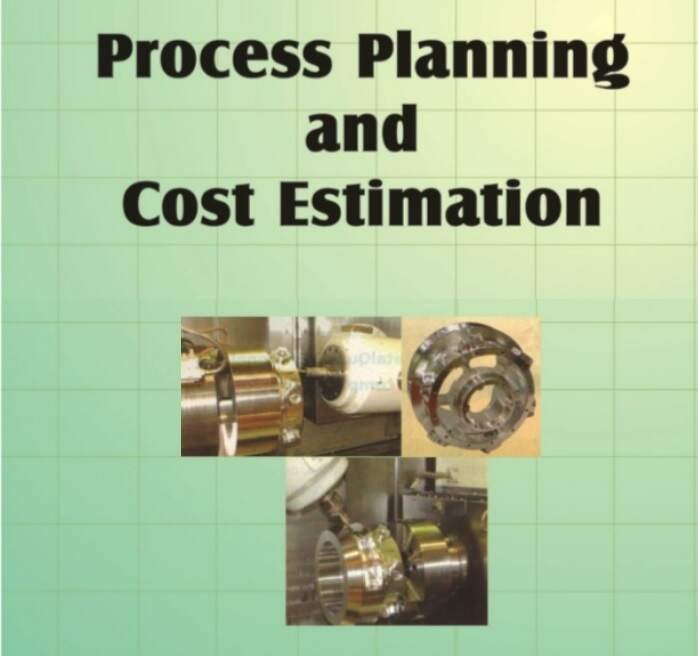What is surge limit of turbocharger ?
Surge limit of turbocharger is a maximum point on line connecting all the pressure ratio or surge points for all the possible RPMs of Turbocharger.
Must read :- Turbocharging and scavenging
See the given figure below for more clarification.

As we know that surging of turbocharger happens when there is reversal of flow of gas through the turbocharger compressor happens.
The pressure inside the scavenge receiver of diesel engine increases rapidly ,when an engine can not use up all the air delivered by compressor of turbocharger.
This unused air will be blown back through the compressor of turbocharger through the diffuser ring.
This can cause imbalance in shaft of rotor & vibrations occur in the system which is not good for diesel engine.
Suggested read :- All Questions related to t/c
What is turbocharger characteristics curve ?
Turbocharger characteristics curve is a graph or plot between the pressure ratio and flow of air through the compressor of turbocharger.
This characteristics curve is defined for each turbocharger RPM .
It shows how the turbocharger of engine behave under different pressure ratio for the same RPM.
As the turbocharger efficiency increases for the same RPM ,then the turbocharger reaches more and more near to the surge point.
As we know that ,surge point is a particular pressure ratio at which the turbocharger of diesel will surge under a particular RPM.
Let us understand it by example.
If a turbocharger starts surging at a pressure ratio of 2.0 for an RPM of 15000.The surge point of turbocharger for this RPM can be said as 2.0 bar under this conditions.
Above the pressure ratio 2.0 ,the t/c mass is definitely going to durge,be at 2.1 or 200 for 15000 RPM.
Check Out Other Important Topics





